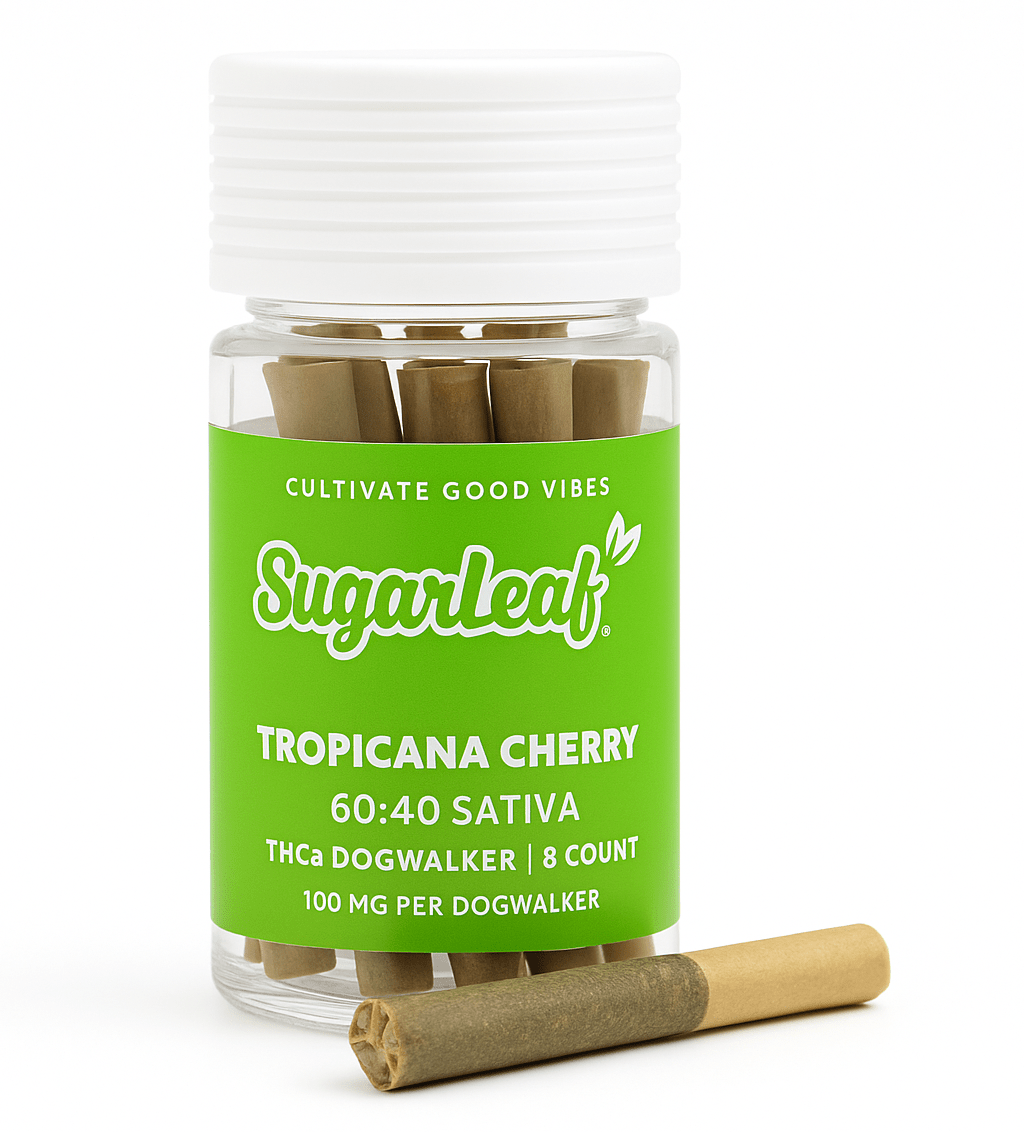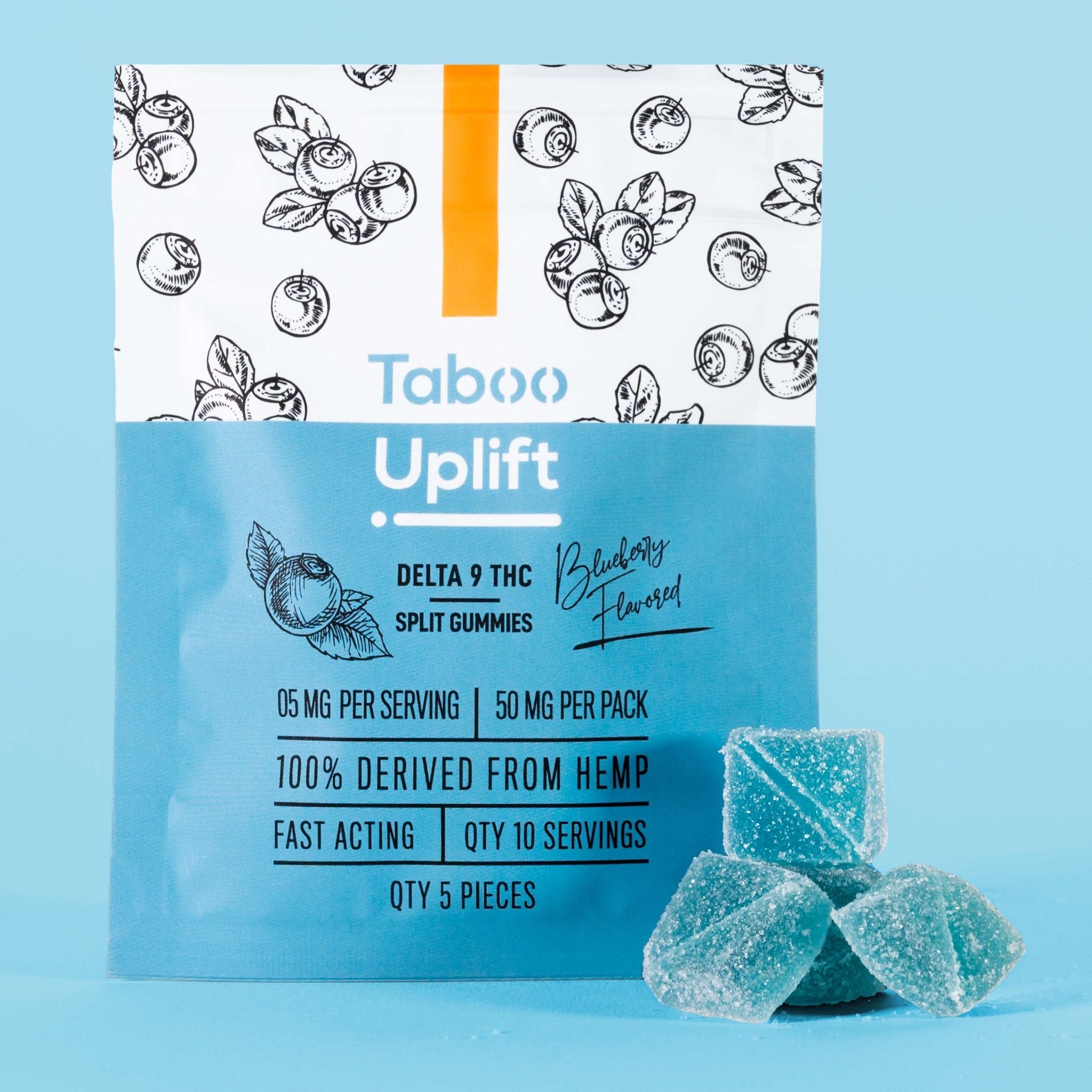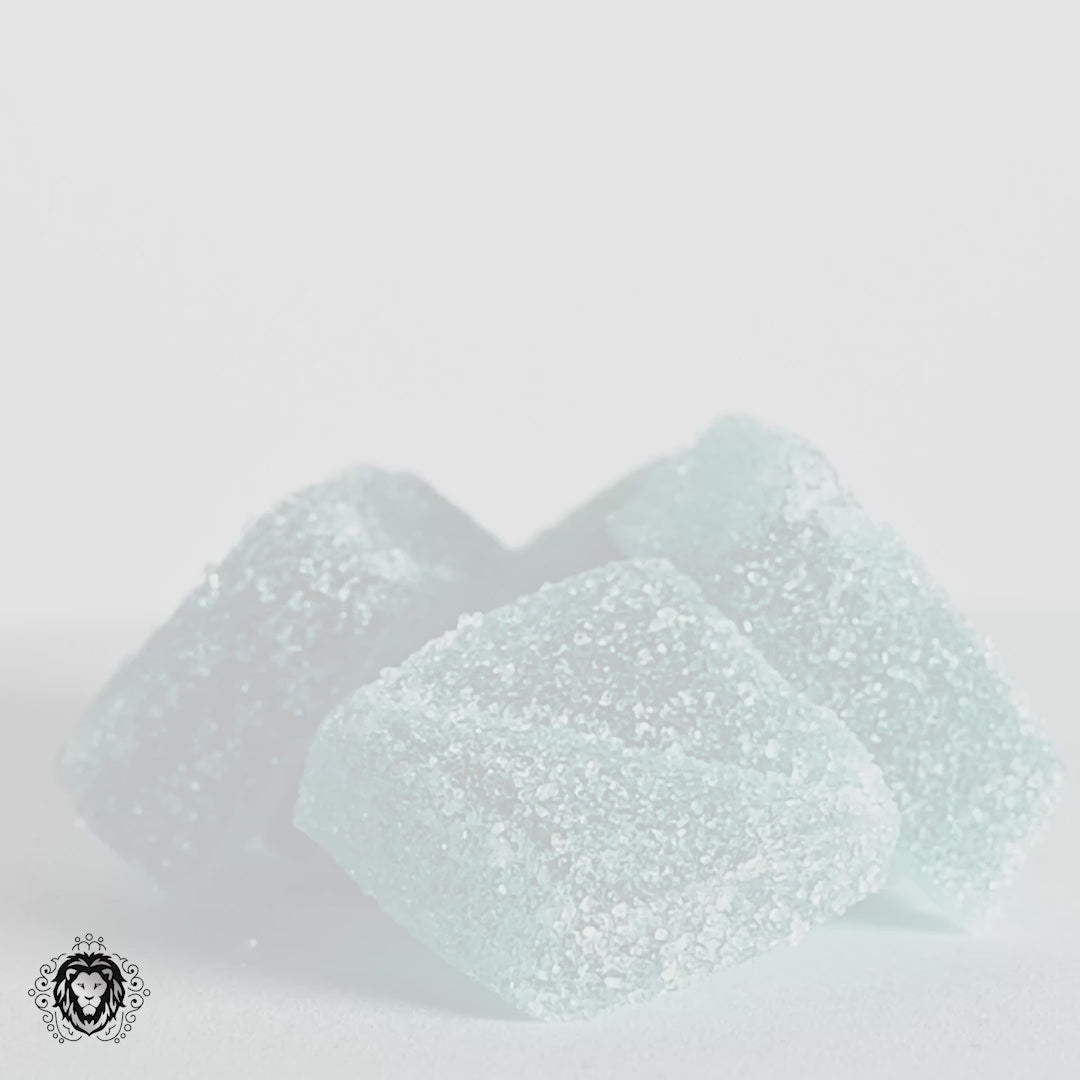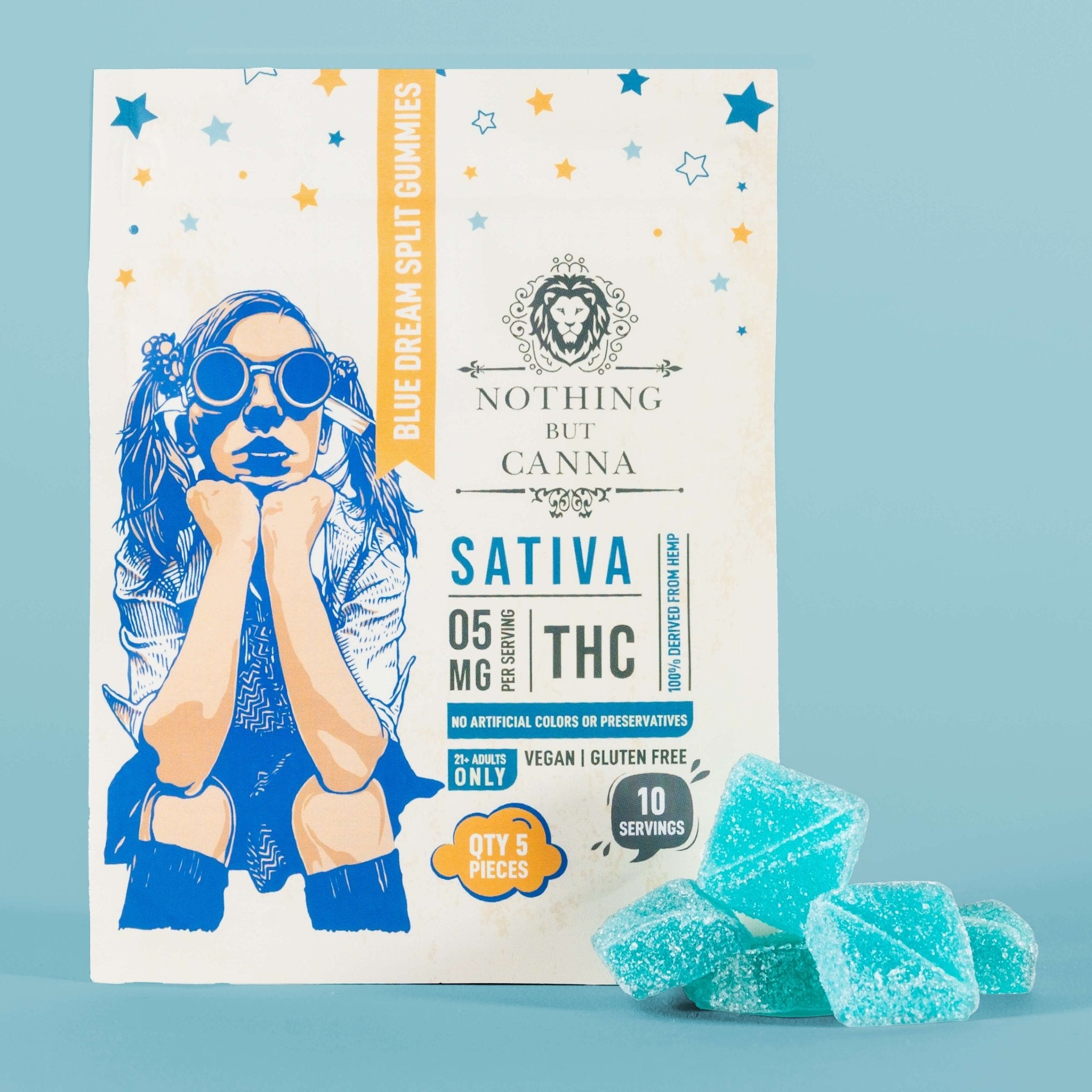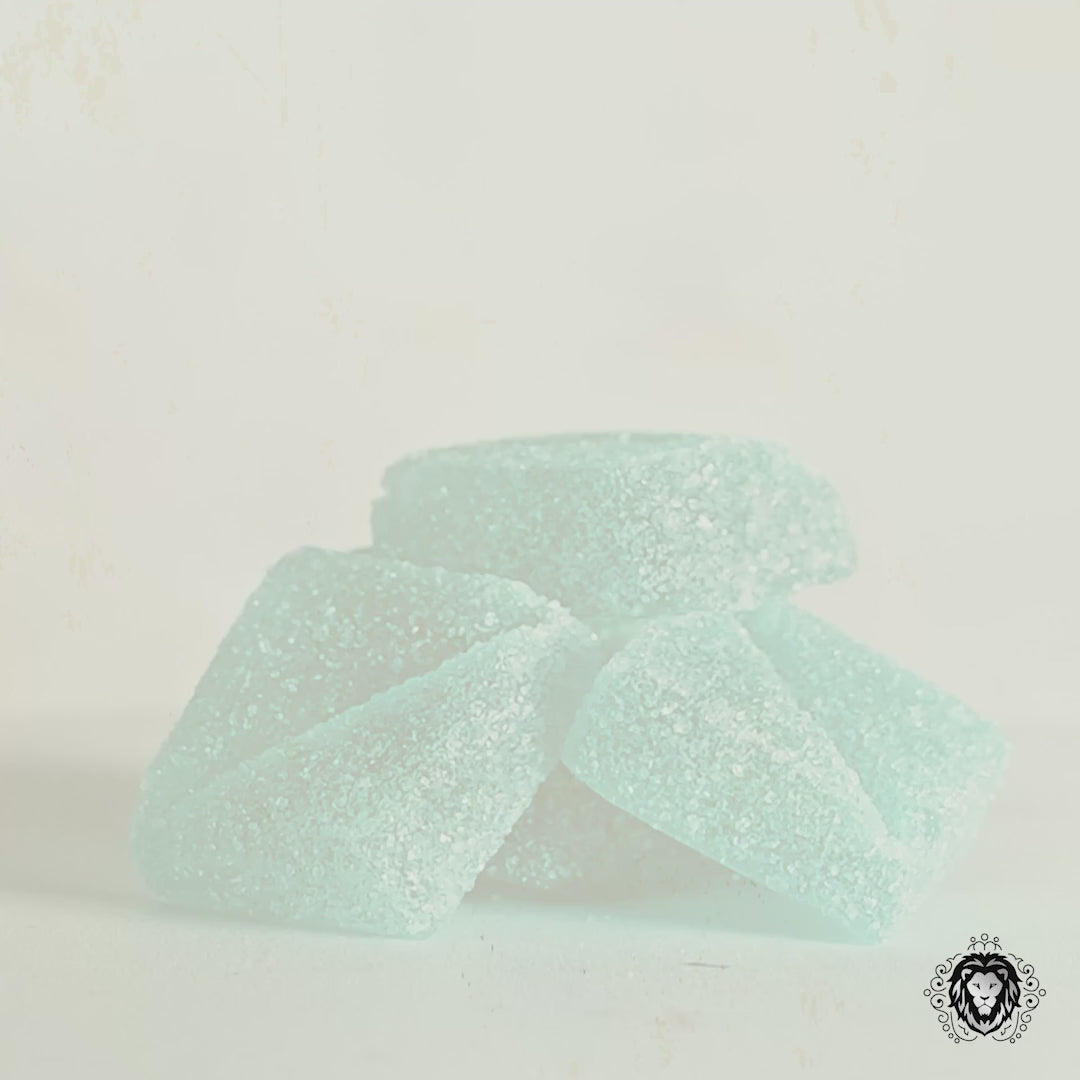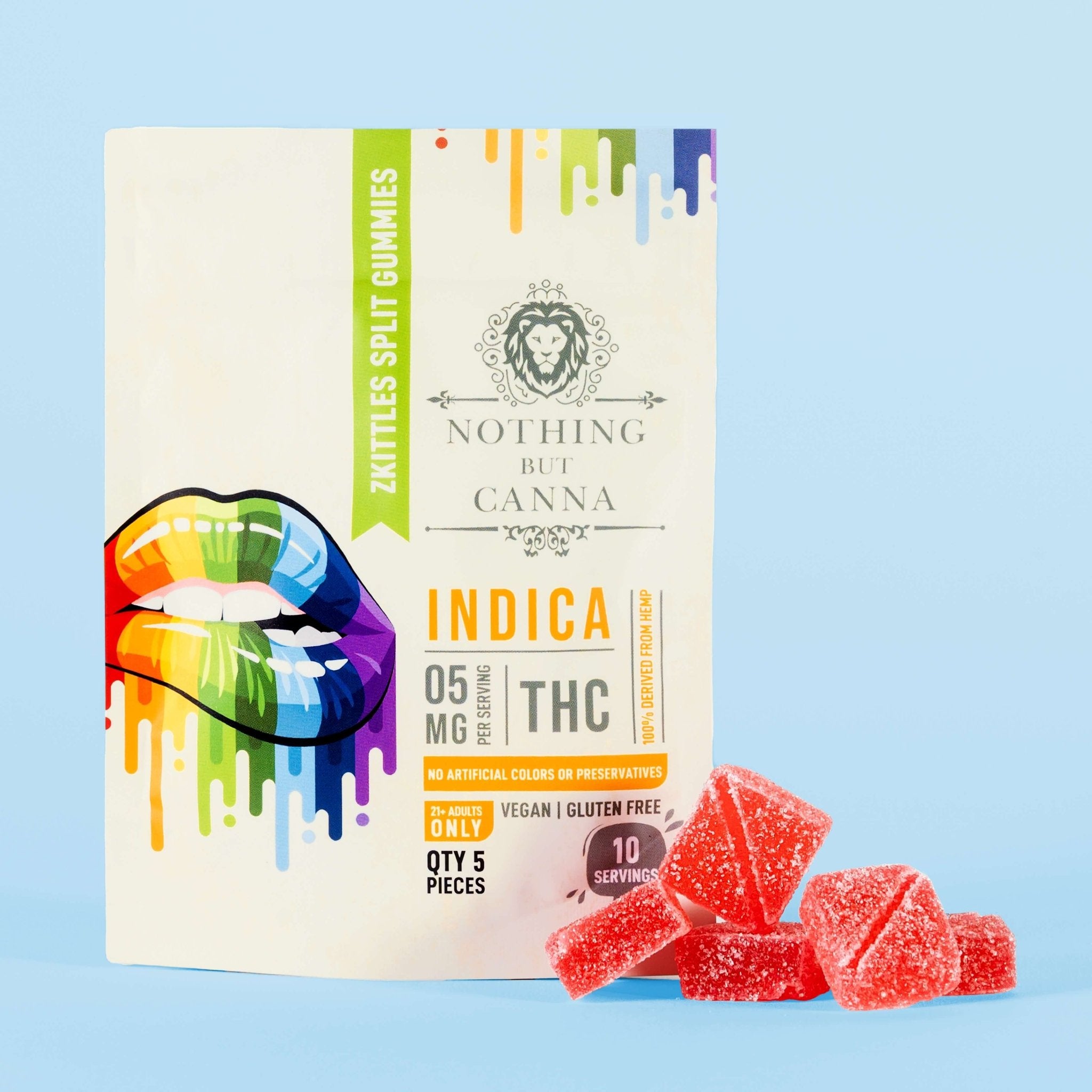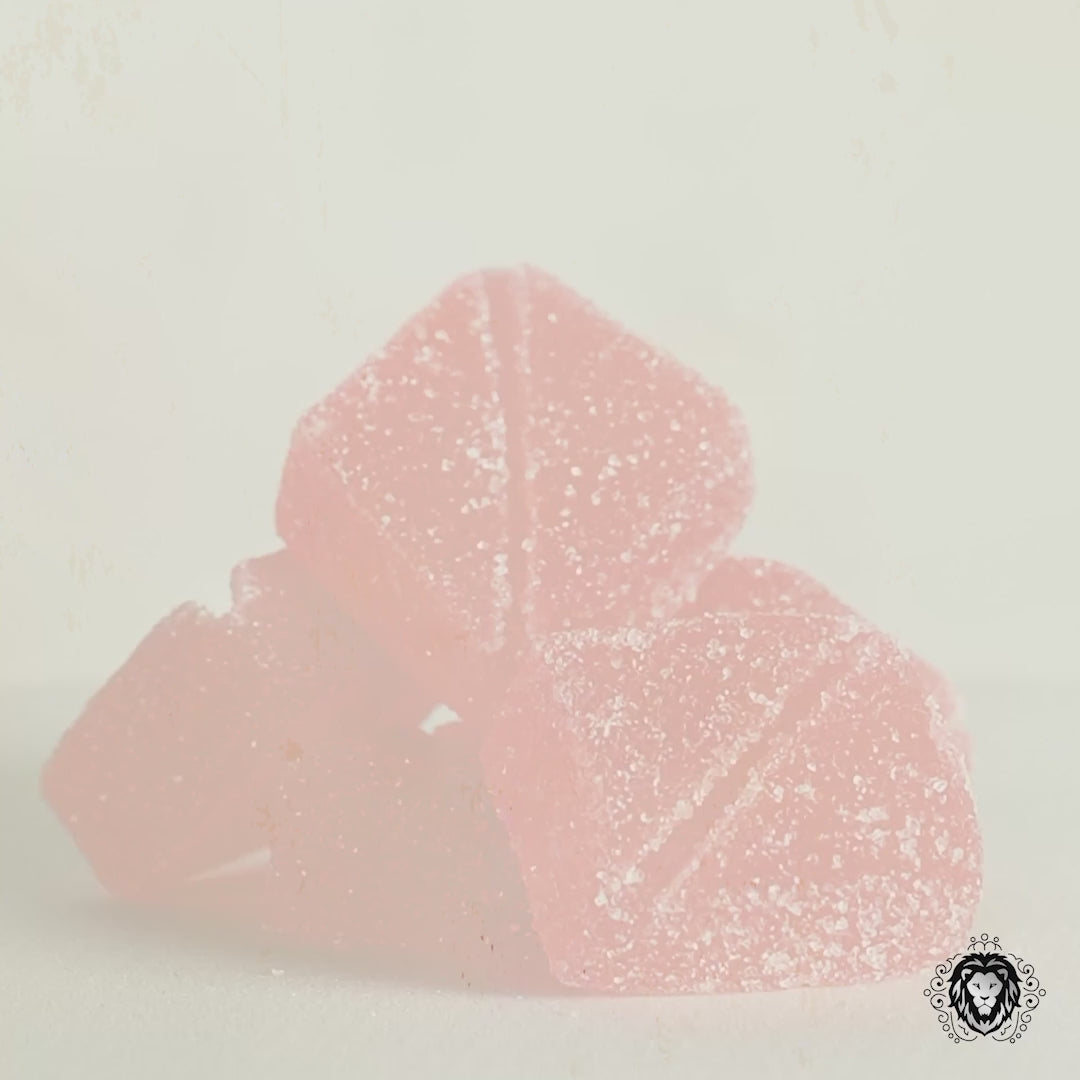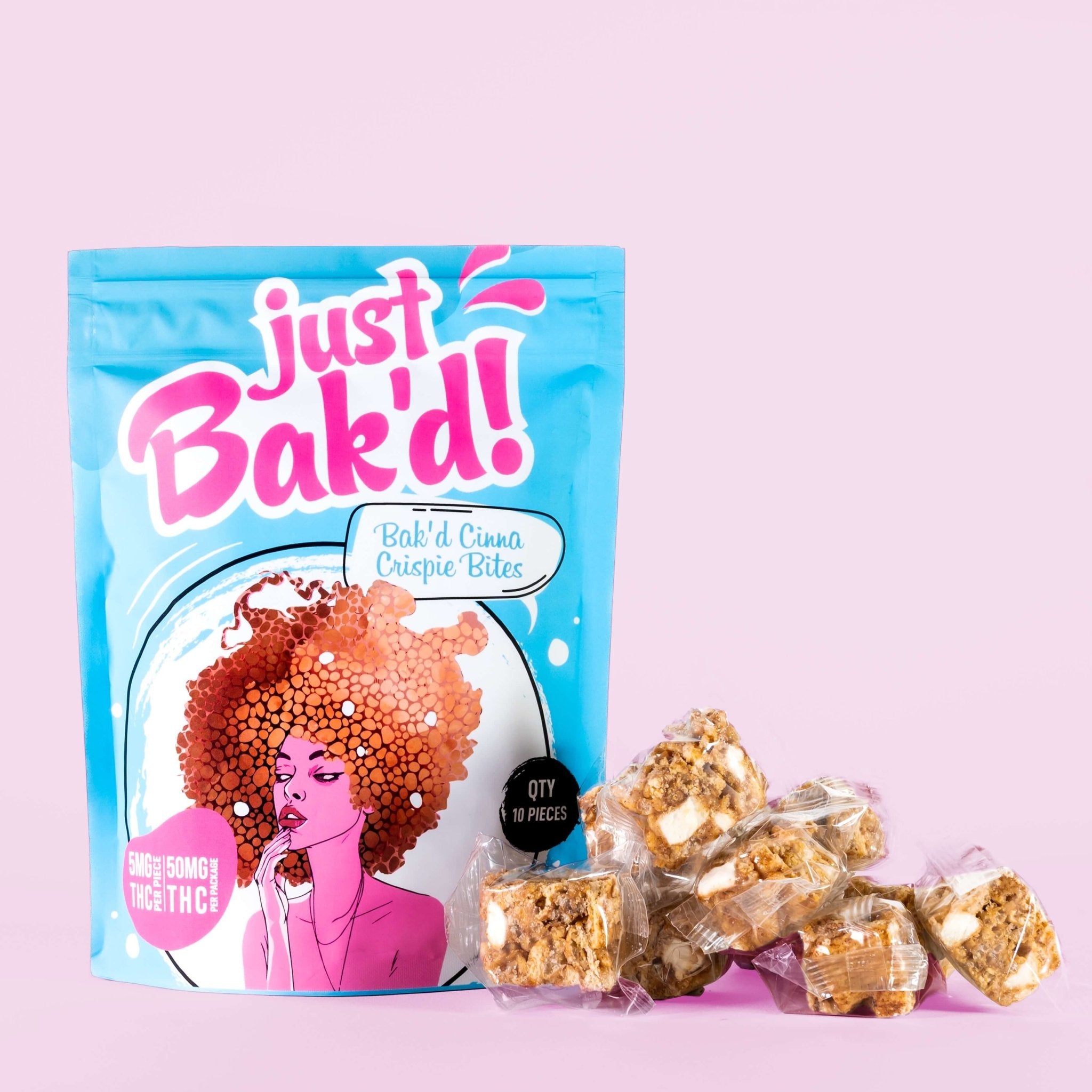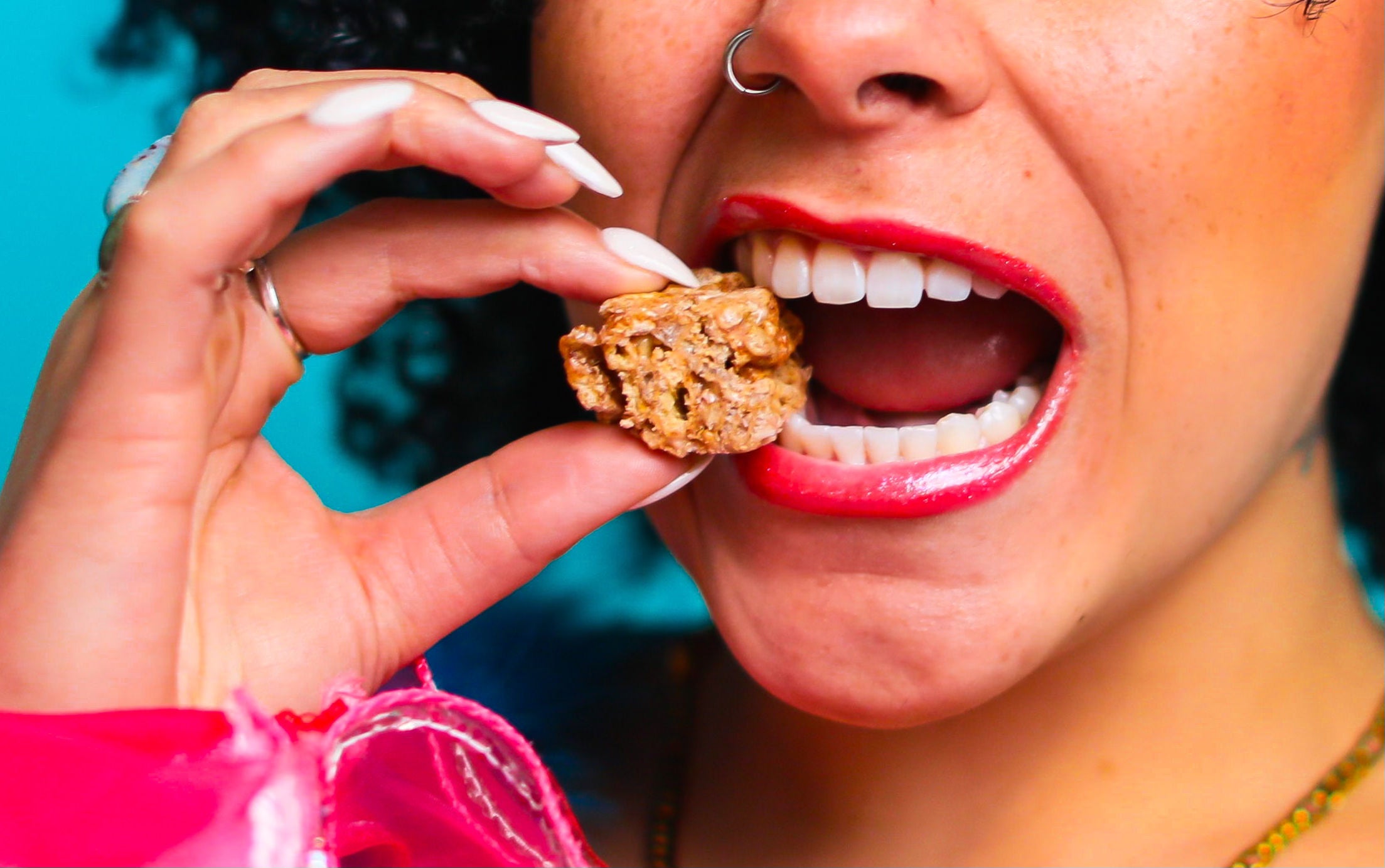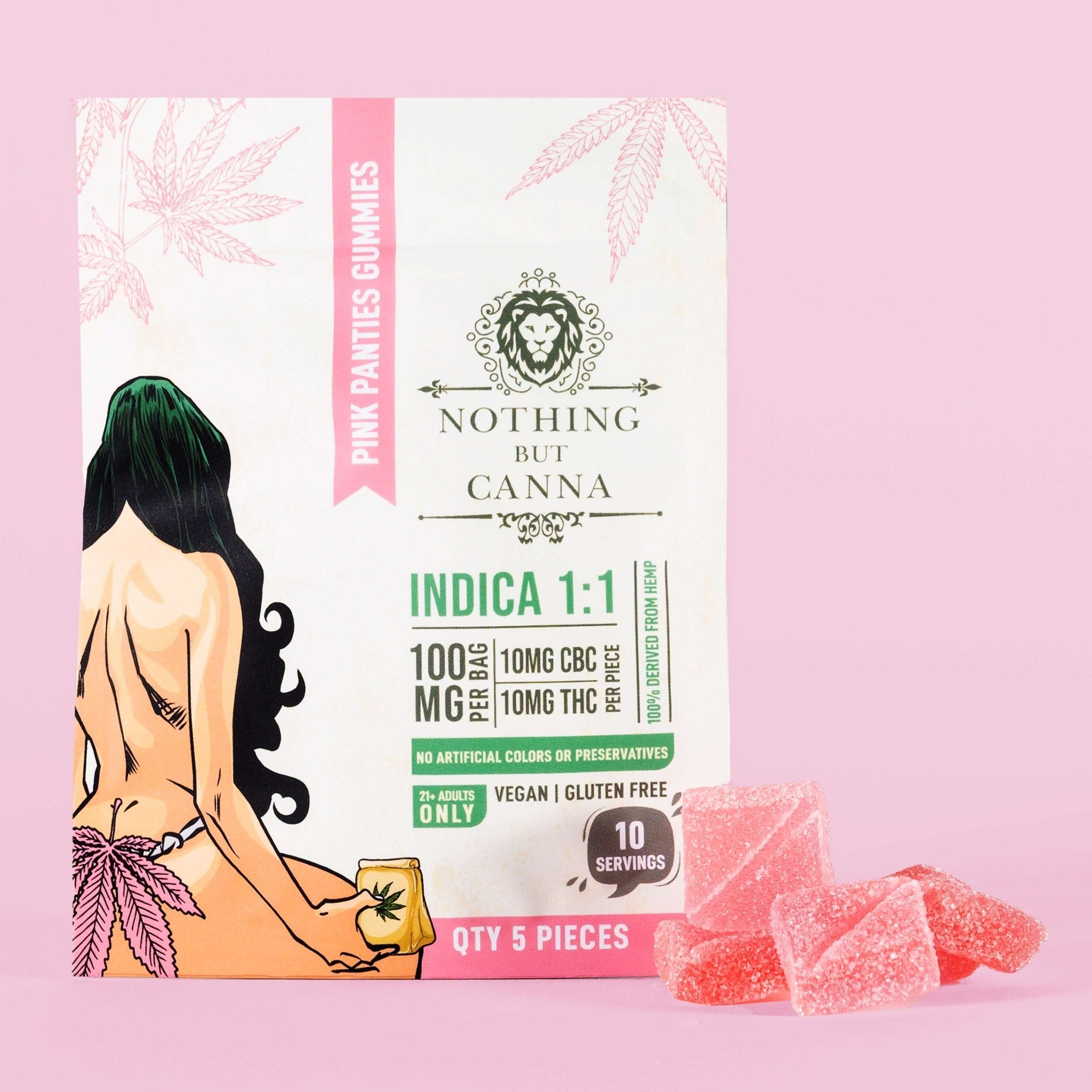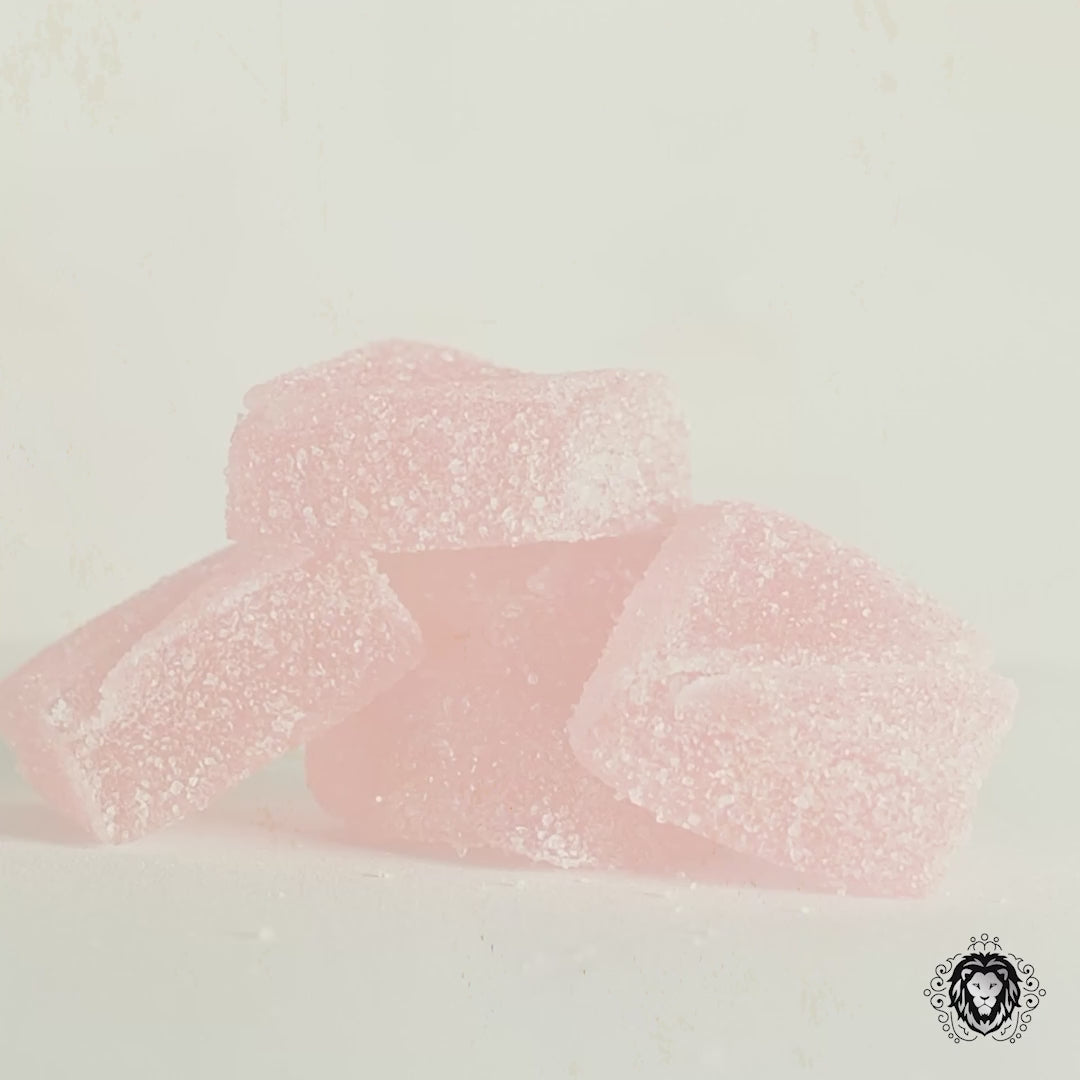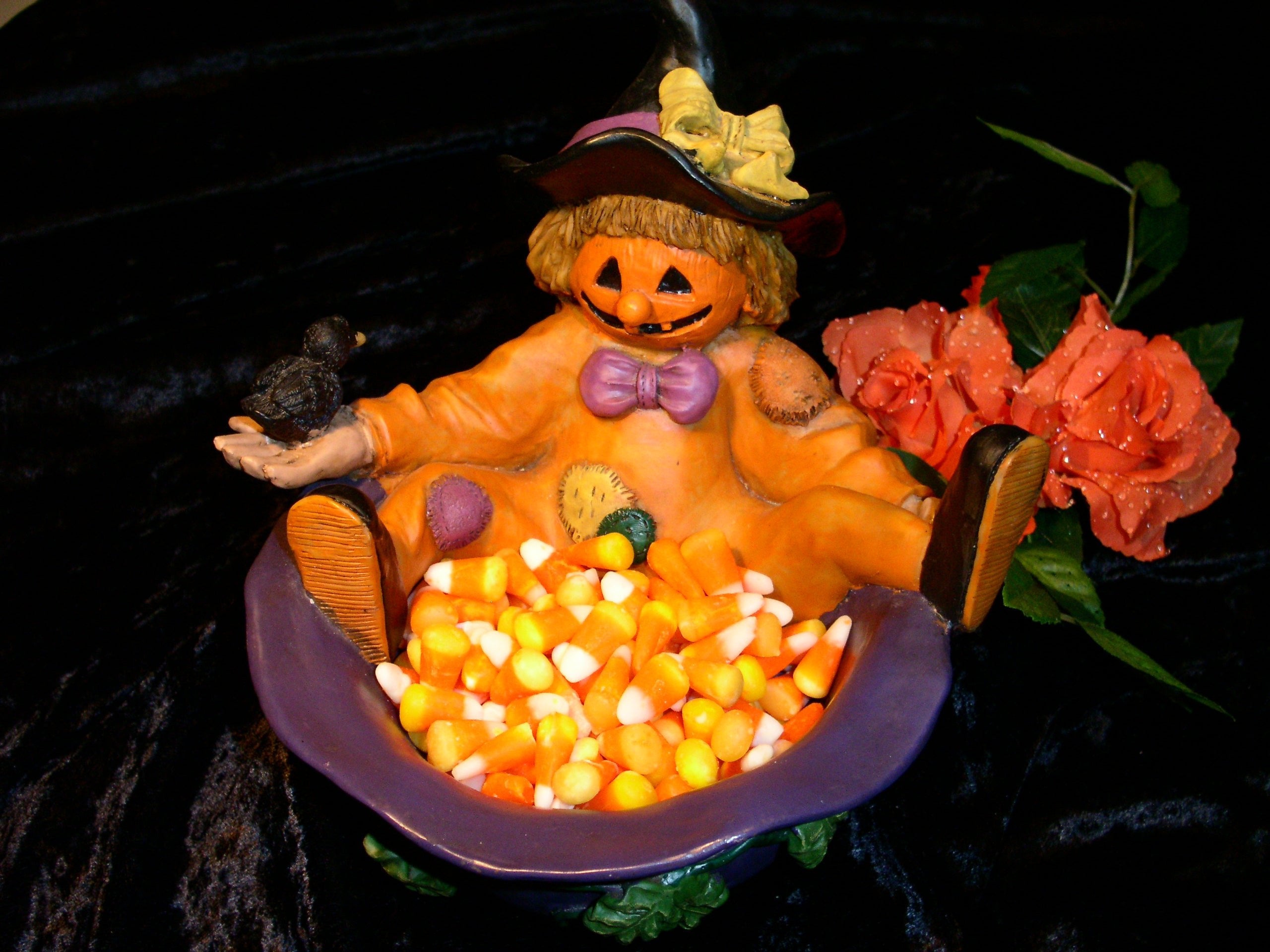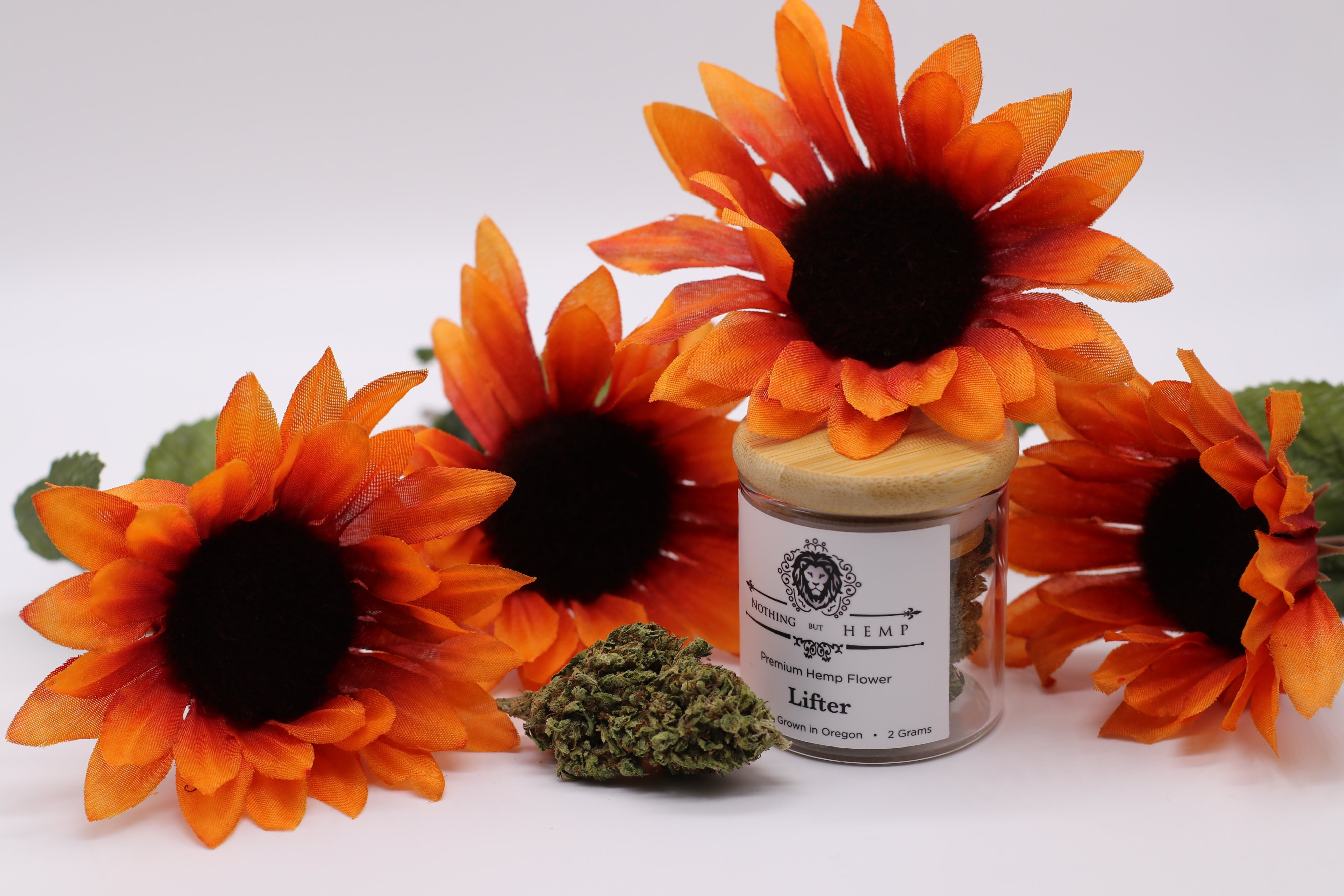
Since this spring, hemp farmers, manufacturers and retailers have waited with bated breath for more clarity from the U.S. Food and Drug Administration.
They were concerned about how that agency would regulate CBD products which have exploded in popularity after they became legal this year. Instead, that clarity is now coming from the U.S. Dept. of Agriculture with a new statement Tuesday.
The USDA statement announced that later this week the agency would allow farmers in the U.S. to grow and harvest hemp, with full outlines of just how much THC compound can be present in legal hemp. [1] [2]
Current legislation and regulation over cannabidiol, or CBD, and hemp are determined at the state level and vary widely across the United States.
Over 30 states have legalized industrial hemp, but others have not recognized the substance despite the federal allowance.
Previous USDA guidance has claimed that under no circumstances are police to stop interstate traffic of hemp products because of diverse state laws and federal legalization, but that didn’t stop the summer arrest of a Colorado delivery trucker headed to Minnesota as he passed through South Dakota.
The USDA’s guidance that will release Thursday, called U.S. Domestic Hemp Production Program, is actually required by the 2018 Farm Bill that legalized hemp.
The Thursday guidance will make “a consistent regulatory framework around hemp production throughout the United States,” said Secretary of Agriculture Sonny Perdue. [3]
Consistency has been a rare commodity across federal regulatory bureaus that have touched on the topic of hemp.
Even with the USDA’s news this week, much confusion remains at the Food and Drug Administration about how customers and manufacturers should view CBD in food and drink products.
“We’ve been waiting for substantive and regulatory guidance since the passage of the 2018 Farm Bill,” said William Roark, cochair of the Pennsylvania Bar Association’s medical marijuana and hemp law committee. “While these draft regulations are only a starting point, it’s encouraging to see that the USDA recognizes the importance of guidance in this emerging industry.” [3]
THC, the psychoactive compound of marijuana, will be capped at 0.3% of CBD and hemp products in order to count as legal product under the new guidance. In all states where hemp is legal, this is already the maximum, but federal consistency will help.
The Drug Enforcement Agency will conduct THC testing on the plants within 15 days of harvest, according to the Philadelphia Inquirer. [3]
Sources




